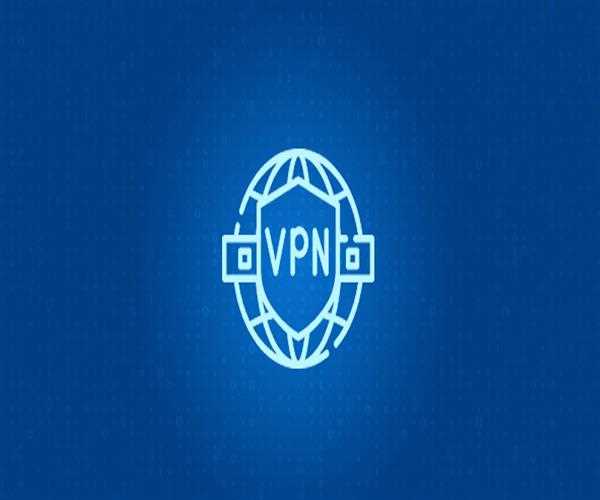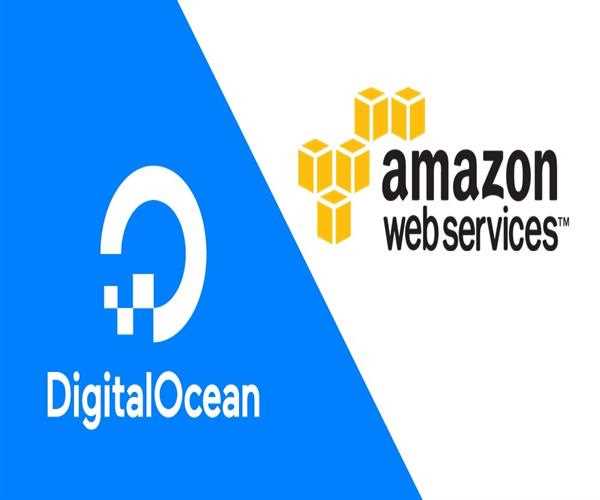
Hackers are getting wiser, better, and smoother in their craft with each passing day. That sentence seems alarmist or exaggerated, but the most compelling evidence is the myriad of hacking scandals, smishing and phishing attacks, identity thefts and credit card number breaches and violations.
That is why Virtual Private Networks, or VPNs, have become a household name in the online security industry. These powerful apps can encrypt your traffic and online identity (IP address) and send them to remote servers protected in virtual tunnels built with protocols such as OpenVPN, SSTP, L2TP/IPSec, and IKEv2.
VPN apps have several benefits and capabilities. They can hide their customers' IP address, which is ideal for privacy and security because you can fend off hackers, governmental surveillance agencies, Internet Service Providers, and online stores looking to gather enough information about you to offer a personalized ad message system.
In addition to their security features, people look for VPN accounts because they can let them unblock restricted international content; whether it is torrent pages, online streaming platforms, and libraries, or regular websites. VPN apps serve as fantastic location spoofers because they cannot only hide the user's IP address but are also in a position to lend him or her a temporary one from the country of its selection.
Choosing who to trust
VPNs, despite all their privacy, security, and accessibility capabilities, can't offer a 100% anonymous browsing experience, because users will have to trust their VPN service providers not to keep and share data logs.
In a standard, non-encrypted connection, customers have to trust their Internet Service Providers (ISPs) not to form alliances with governmental surveillance agencies or even with online advertisers and feed them your shared online content.
Fortunately for privacy-conscious people who can't afford a paid VPN app, there is a way to make their own VPN server in almost no time. There are never too many measures that users can take to protect the wellbeing of their data and online identity.
It should be said, though, that setting up your own VPN servers also don't offer 100% anonymity, because you will need to have confidence in a third party (a cloud hosting provider.) However, it is one of the most secure methods you can use if you want to enjoy some of the most notable benefits of the VPN technology.

Picture byhackernoon.com
Algo VPN: your primary ally
You need a few tools to build your own VPN server. One of them is Algo VPN, a software that can run a series of scripts that allow users to set up and configure a VPN in the cloud in a short period.
The other resources you need are cloud-hosting networks, such as DigitalOcean, Microsoft Azure, or Scaleway. With them, you can create your VPN server from scratch and use it in almost all operating systems and devices, such as Windows PC, Mac, iPhone, and others.
With Algo VPN, users don't have to worry about establishing an SSH connection with a specific server or execute annoying and complicated commands. The process is automated and very straightforward to perform.
After just a couple of command lines to install associated programs, you will be able to register for a cloud service provider and execute the Algo VPN setup wizard on the device you want to protect. In the case of Digital Ocean, you don't even have to set up your server, as Algo VPN does it using DigitalOcean's API.
To set up your own VPN server:
Create an account on a cloud hosting service provider. The market offers several options, including Microsoft Azure, DigitalOcean, AWS, Scaleway, and Google Cloud.
- Download the Algo VPN software in your device.
- Unzip the files.
- Install the dependencies following a short set of command lines.
- Open and execute the installation wizard.
- Double click to open the configuration profiles in the config section.
- Set up as you please and enjoy the VPN app.
Setting up your own VPN server with Algo may not offer you 100% protection against unwanted external agents and third-parties, but it lets you build VPN encryption from scratch and deleting the virtual servers in just a matter of minutes, so you leave no trace.
By installing the VPN server on the cloud, you will be able to use its protection and encryption from anywhere you go.
Here is how you sign up for Amazon' cloud managing suite:
- Go to the Amazon Web Services page.
- Sign up for a free account.
- Go to Services.
- Then, select IAM, right under Security, Identity, and Compliance.
- Open the Users section.
- Select "Add User."
- Configure your username.
- Click on the box right at the side of Programmatic Access.
- Select Next.
- Click on Attach existing policies directly.
- Write "admin" and browse for "Administrator Access."
- Select the checkbox.
- Click Next.
- Download the CSV, then click on Close.
- You are now ready to install Algo VPN!
If you do have the will and resources to protect your data and digital assets with a professional service, then SurfShark ought to be among your preferred options. It is a private, custom VPN app with a focus on mobile platforms such as Android and iOS.
It is one of the speediest VPN service providers in the industry, with rates that allow users to comfortably stream movies and series on Netflix, Hulu, Amazon Prime Video, the BBC iPlayer, and other local networks. SurfShark implements the diamond-like AES 256-bit encryption, as well as OpenVPN and the Internet Key Exchange, version 2 (IKEv2) protocols.
Conclusion
In conclusion, even though the market is full of reliable options like SurfShark, you can set up your own VPN server with Algo VPN and a cloud-hosting service. However, you may be better off with a paid VPN brand, since they are very straightforward to configure in all devices and operating systems.


Leave Comment